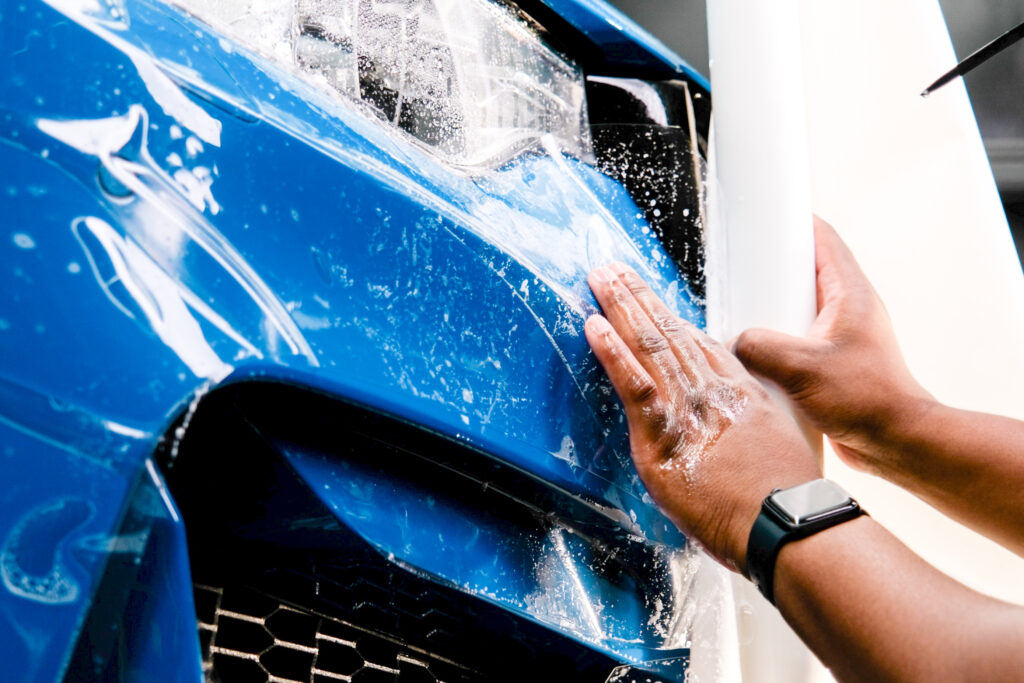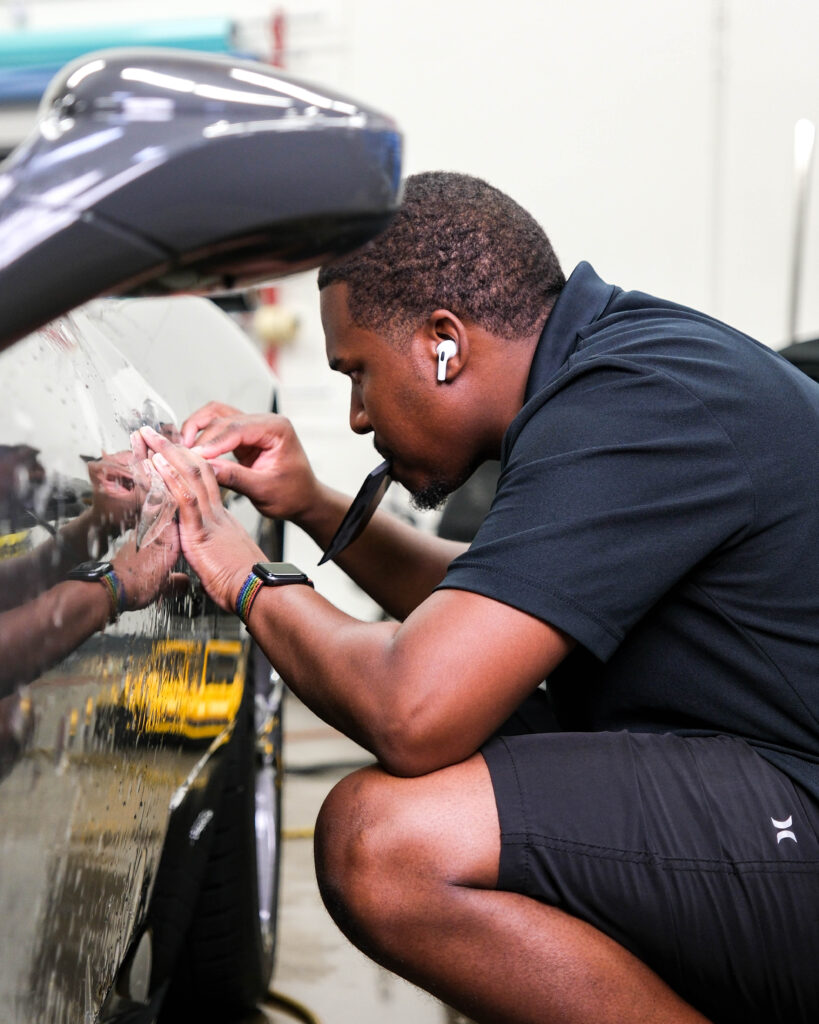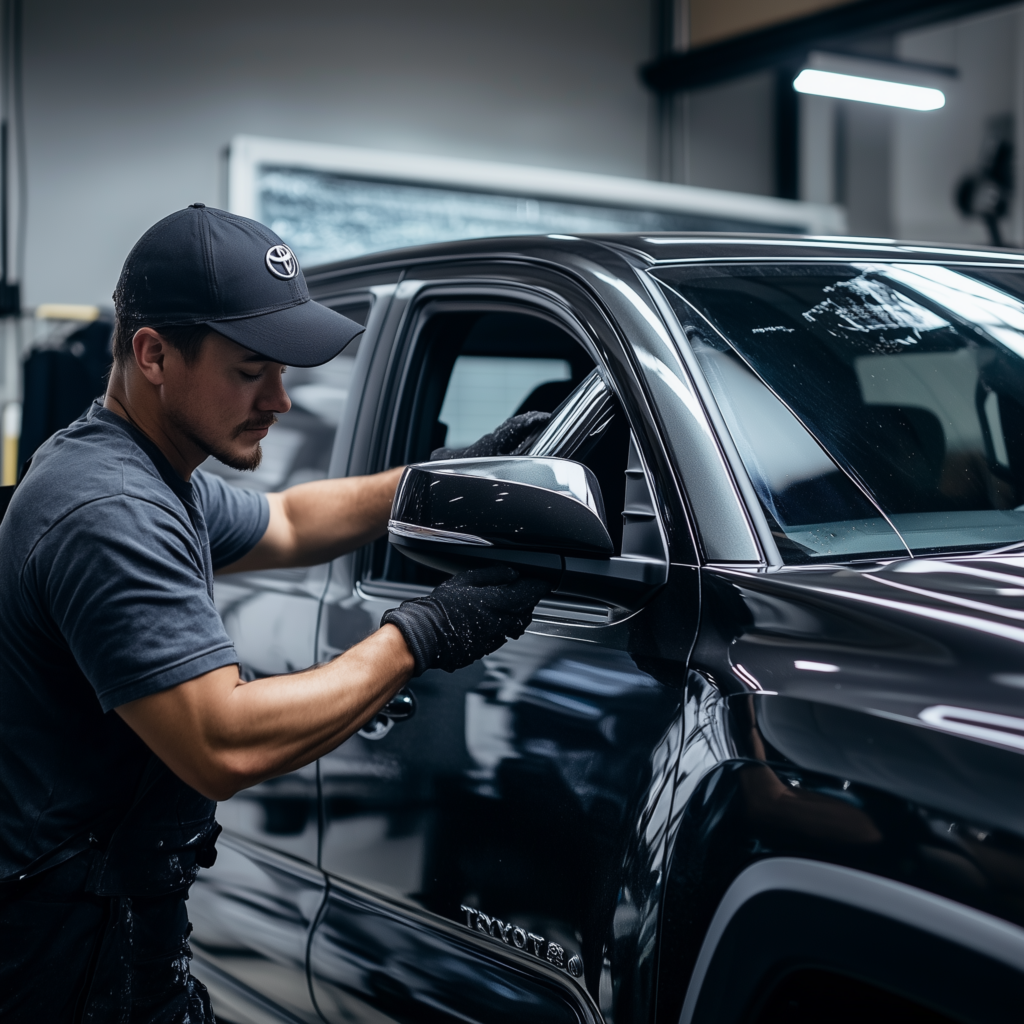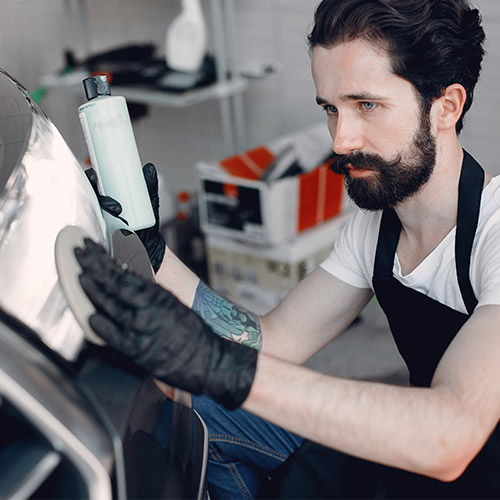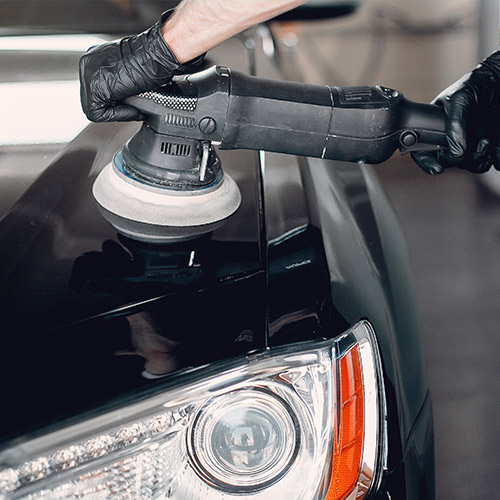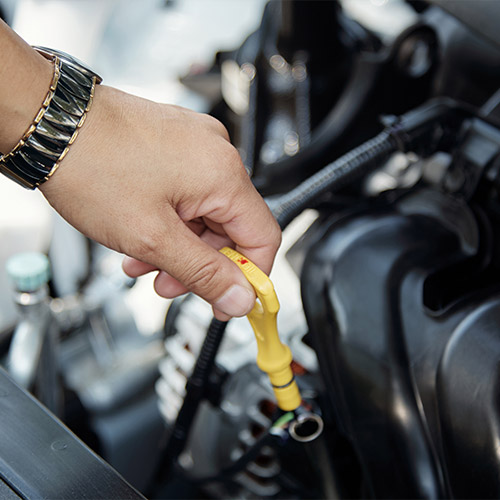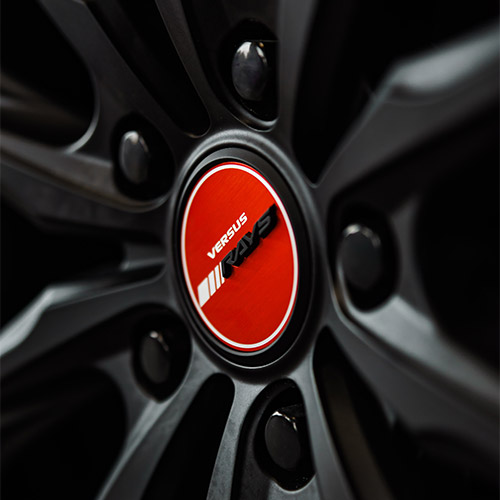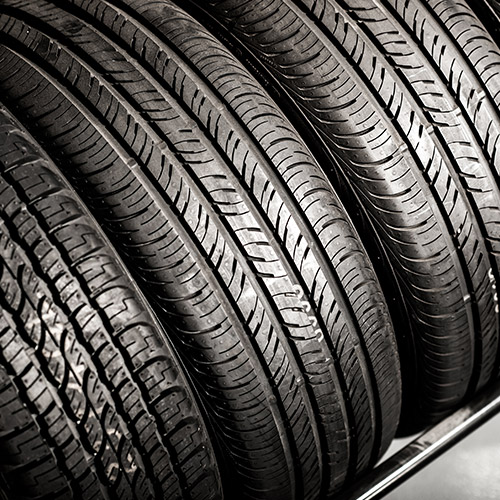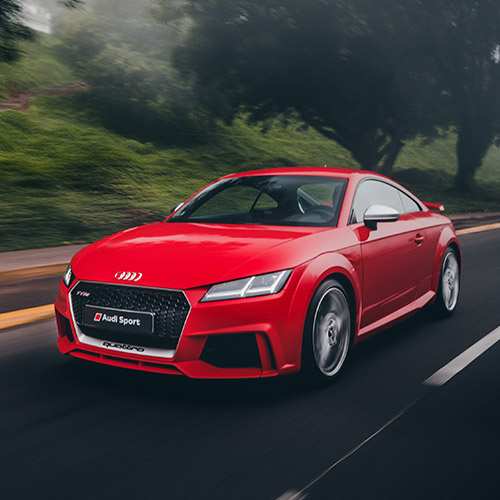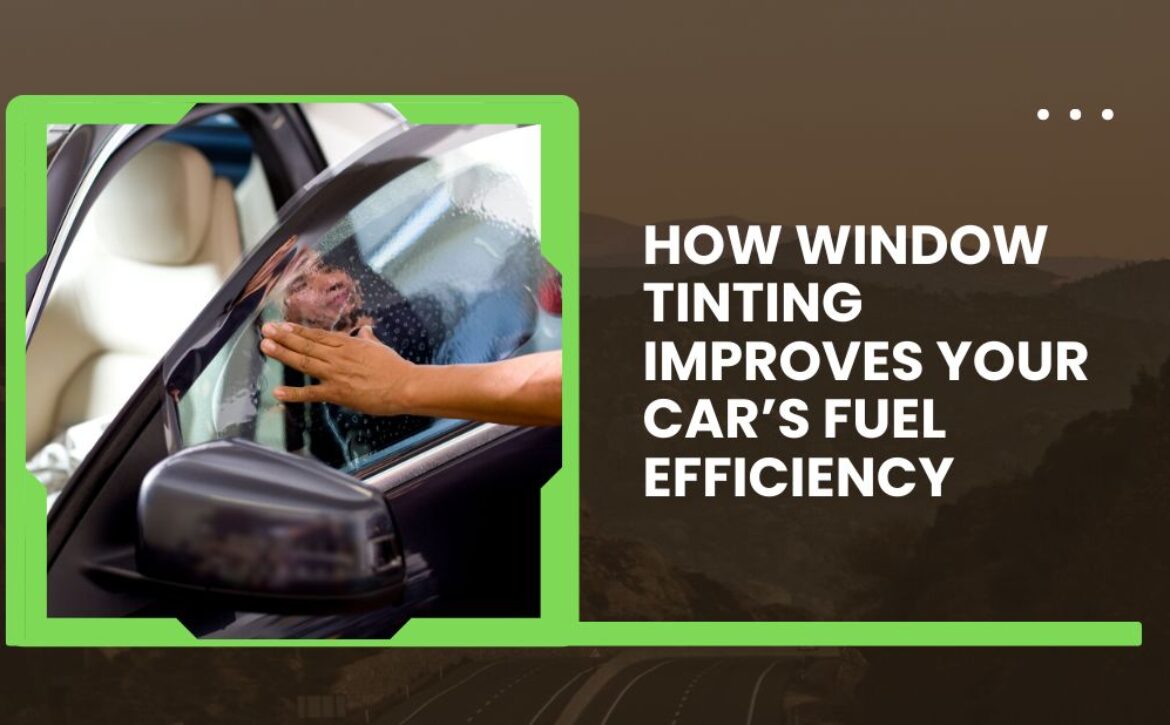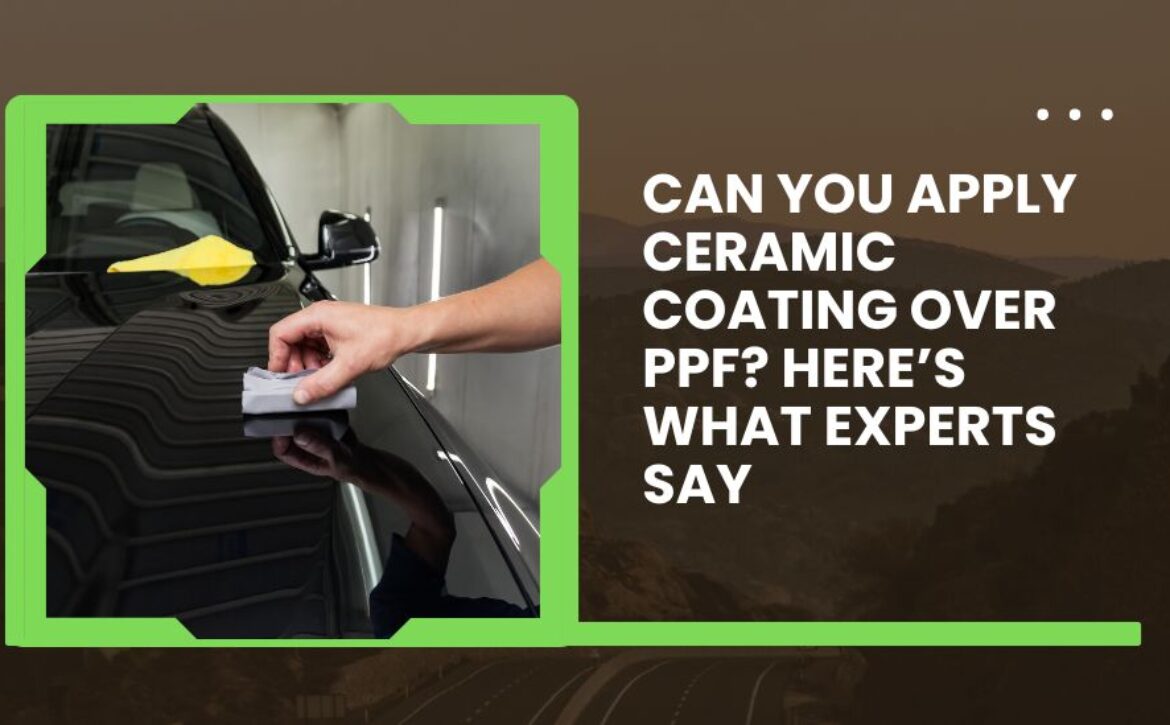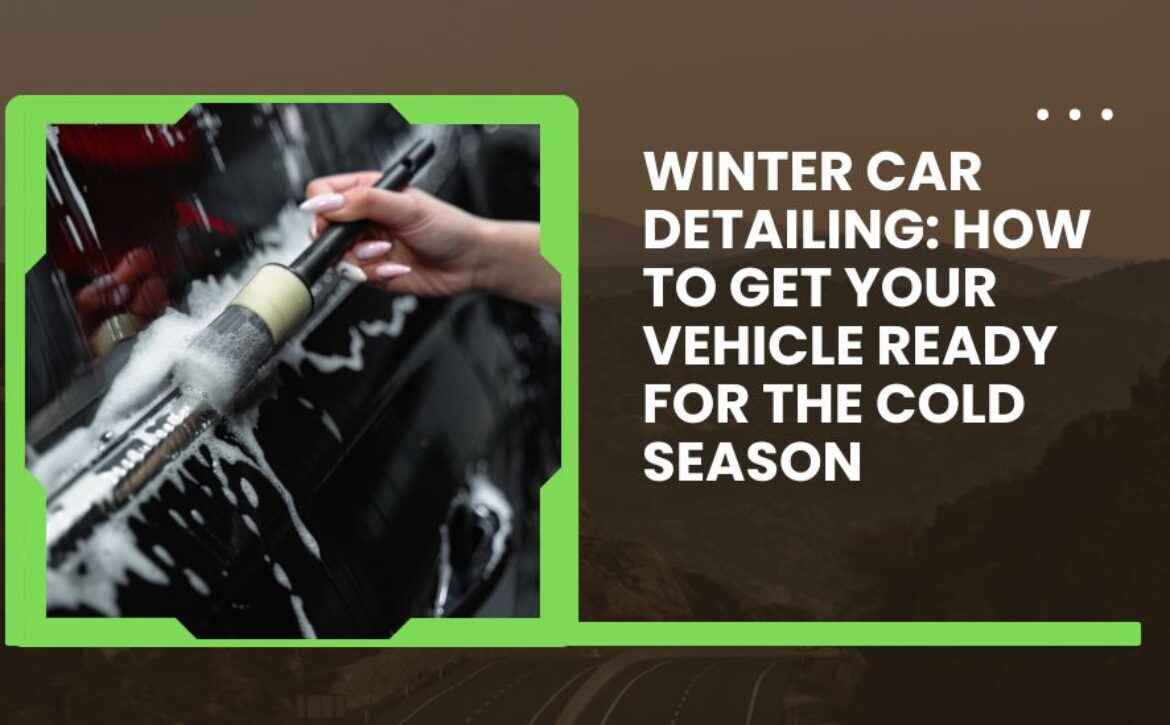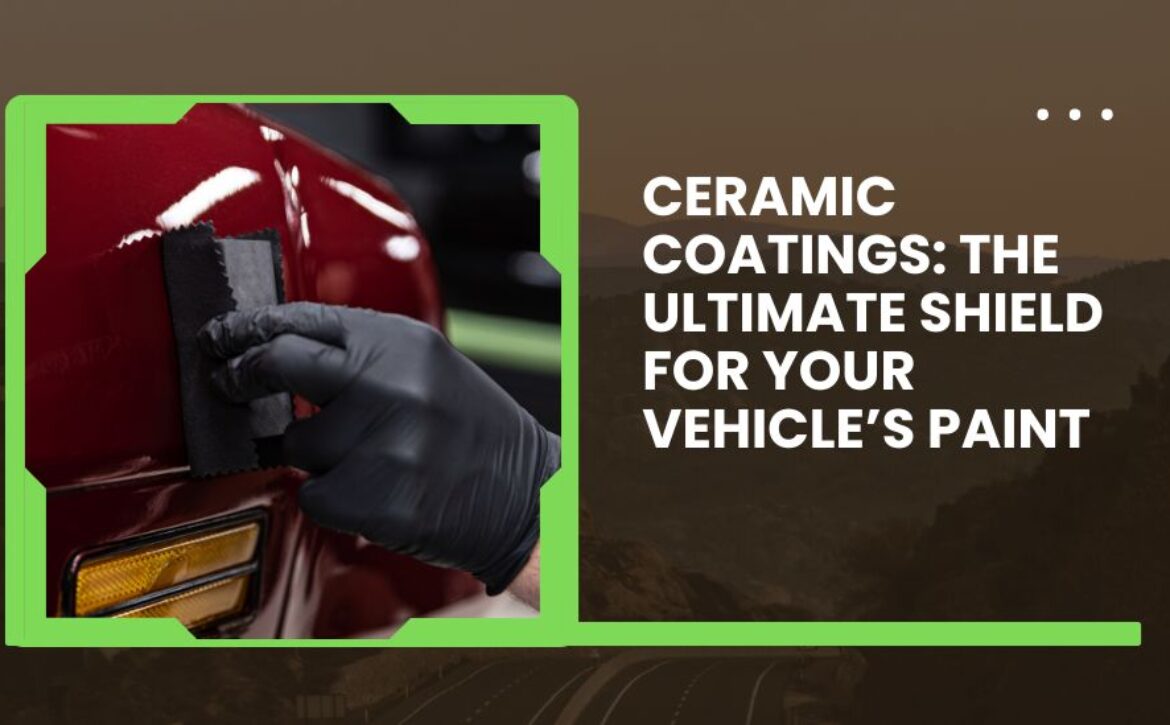How Window Tinting Improves Your Car’s Fuel Efficiency
When most people think of window tinting, they envision it as a stylish upgrade or a way to gain a little extra privacy while driving. However, beyond aesthetics and comfort, window tinting plays a surprisingly important role in enhancing your vehicle’s overall efficiency—particularly fuel efficiency. If you’re seeking a cost-effective way to boost performance and minimize fuel consumption, window tinting might be the solution you’ve overlooked.
This article delves into how window tinting contributes to better fuel usage, the science behind heat control, and why it’s a smart investment for eco-conscious drivers.
The Hidden Connection Between Heat and Fuel Usage
In warmer climates or during summer months, car interiors can become unbearably hot. This not only makes driving uncomfortable but also pushes your vehicle’s air conditioning system to work overtime. Increased use of air conditioning directly affects the engine load, which in turn increases fuel consumption.
Every time your AC system kicks in to cool a sun-scorched cabin, the engine compensates for the additional energy required. Over time, this leads to frequent refueling, more emissions, and greater engine wear.
This is where window tinting steps in.
How Window Tinting Controls Interior Temperature
Window tinting is engineered to block a significant percentage of solar radiation, particularly infrared and ultraviolet rays that generate heat. By reducing the amount of sunlight penetrating your car windows, tints help maintain a cooler interior temperature without relying heavily on your air conditioner.
Window tint heat reduction technology has advanced significantly, with modern films capable of reflecting up to 60% of the sun’s heat. This means your vehicle doesn’t turn into a heat box when parked outside or driven under direct sunlight. Less heat means less reliance on your AC—resulting in lower fuel consumption.
Decreased AC Usage = Increased Fuel Efficiency
It’s simple math: the less you use your air conditioning, the less fuel your car consumes. In fact, studies show that running your AC can reduce fuel economy by up to 20% in some cases. By tinting your windows and reducing cabin temperature naturally, you’re reducing the need for mechanical cooling.
For city drivers who frequently deal with stop-and-go traffic, this efficiency becomes even more significant. Rather than having your AC blast at full power during every trip, tinted windows keep your car consistently cooler, allowing the AC to work less or not at all.
Protecting Your Vehicle’s HVAC System
Besides helping with fuel efficiency, reduced reliance on air conditioning has a long-term benefit: it extends the lifespan of your HVAC system. When your AC is constantly overworked to battle extreme cabin heat, it wears out faster, leading to costly repairs and more fuel usage due to inefficiency.
Window tinting relieves this pressure, ensuring that your cooling system runs optimally and lasts longer. This translates into fewer mechanical issues and better mileage, especially during summer or in hot regions.
Enhancing the Overall Driving Experience
Fuel savings aside, driving in a cooler car naturally makes the entire experience more pleasant. You won’t dread sitting in a scorching hot seat or gripping a blazing steering wheel. Tinted windows maintain a steady internal climate, keeping both you and your passengers comfortable. Comfortable drivers are less likely to drive aggressively, which also has a subtle but positive impact on fuel economy.
Moreover, because tinted windows reduce glare, your eyes experience less fatigue. This increases safety and keeps you focused on the road, reducing the likelihood of sudden braking or erratic driving, which can also hurt fuel efficiency.
Reduced Need for Idling
Another overlooked contributor to poor fuel economy is idling while waiting for your car to cool down. On particularly hot days, many drivers start their vehicles and let them idle with the AC running before even stepping inside. This common habit wastes fuel and contributes to carbon emissions.
With window tinting, your vehicle’s interior remains cooler even when parked. This reduces or eliminates the need for pre-cooling your cabin through idling. Over time, this small change can lead to noticeable fuel savings and a reduced environmental footprint.
Real-World Statistics and Case Studies
In practice, window tinting can save drivers up to several gallons of fuel annually, depending on driving habits and climate. In hotter regions like Arizona, Texas, or the UAE, drivers may see the biggest savings. While each case varies, users have reported a 3–5% improvement in fuel efficiency after installing high-quality heat-reducing tints.
One case study involving a fleet of delivery vehicles found that, after applying ceramic window tints, their fuel consumption dropped due to reduced AC usage and better temperature retention. This made a measurable impact on their bottom line and overall environmental performance.
Environmental Impact and Long-Term Benefits
Improving fuel efficiency isn’t just about saving money—it’s also about sustainability. Burning less fuel reduces greenhouse gas emissions, making tinted vehicles more eco-friendly. For companies managing vehicle fleets or environmentally conscious drivers, this makes window tinting not just a practical choice but a responsible one.
Additionally, since less fuel is used, fewer trips to the gas station are required. Over time, this not only saves money but reduces time spent on refueling, creating a more seamless driving routine.
Additional Fuel Economy Benefits
The fuel economy benefits of window tinting go beyond heat control. Some films also improve aerodynamics slightly by reducing turbulence around the windows, although this effect is marginal compared to the impact of reduced AC use. When combined with other energy-saving practices like tire inflation and proper engine maintenance, tinting can be part of a holistic approach to better mileage.
Tinting also protects your car’s interior from sun damage, reducing the need for frequent repairs or replacements of faded upholstery and cracked dashboards—saving both money and the energy associated with manufacturing and shipping replacement parts.
Final Thoughts: A Simple Upgrade with Lasting Impact
In summary, window tinting is a highly underrated yet powerful tool for improving vehicle fuel efficiency. From minimizing interior heat and reducing AC dependency to protecting your HVAC system and enhancing overall comfort, the benefits are comprehensive and long-term.
For drivers seeking smarter, greener, and more cost-effective solutions, window tinting is an investment that pays off in more ways than one. And in today’s world of rising fuel prices and climate awareness, every small improvement makes a big difference.


